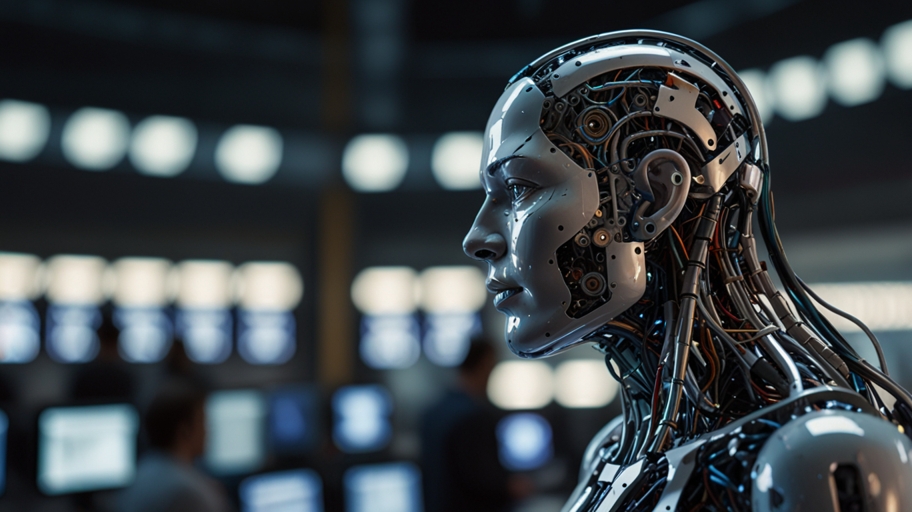Artificial intelligence holds the potential to overhaul the economic landscape of Europe, with the consequence of the labor market and industry redefined and productivity gains that could be realized.
The European Central Bank President Christine Lagarde, in her recent speech, accentuated that Europe’s stand on AI needs to be more cautious as a failure in recognition of AI’s potential might bring the region much lower than global competitors.
The productivity effects are really huge here according to the lowest estimates, the most conservative of which suggests almost 0.3% annual growth of total factor productivity in the euro area in the next 10 years.
More optimistic figures envision 1.5% beyond the potential level of productivity if all of Europe puts AI at the forefront of their developments, a challenge the current situation is quite backward, with 0.5% being the average annual productivity growth in the region for the past decade.
Nonetheless, the expected benefits are attended by questions of significant importance as they will be related to future employment prospects. The labor market research of the European Central Bank (ECB) identifies the exposure rate of workers to AI, which lies between 23% and 29% and, therefore, presumes the necessity of workforce reskilling and new job creation to be of top concern.
It revolves around whether the potential economic impact of AI might come from automation or work enhancement with artificial intelligence. The study of the International Labour Organization (ILO) has shown that the share of jobs in the developed world that are highly automated is around 5% and those in the process of getting significant augmentation is more than 13%, respectively.
In the case of Europe, the transformation from an automation-led economy to a smart industry one may be stressful, especially considering the region’s social model and a tradition of stringent job protection that have posed valid challenges to the rapid workforce transitions.
Consequently, the implementation of AI based on the application of the augmenting rather than the precipitating element of the change would result in a smoother transition, although there will still be a need for workers to accommodate to new job roles and responsibilities.
The augmentation of productivity growth is as well unsettled. While initial investigations said that AI would provide the greatest help to low-skilled workers, new studies focused on difficult tasks show a different picture. For instance, star workers may benefit overproportionally, while employees with lower output in some cases may not see any changes at all.
Europe seems to be encountering various problems in the sphere of AI finance as compared to global rivals. The region’s rather thin venture capital community has been marked as the major hurdle in the construction of the EU foundational models, and the investment gaps are quite significant as compared to the United States.
One more factor that could hamper the spread of AI throughout the European economy is the shortage of energy. The electricity consumption of data centers in Europe is expected to more than triple by the end of this decade, which coincides with the greening of the continent’s energy sources and the resulting increasing electricity use.
Even though the aforementioned hills are still there, Europe has now outlined a more or less clear path in terms of policy to get over these hurdles. Cool heads have come to the resolution that the best way to move the venture capital in Europe is to create a union for savings and investments, get the digital regulations simplified, get the permission to build data centers and infrastructure quicker, and to direct more investment into them.
Subnational players are picking up EU-level stances with their own initiatives. At the moment, France revealed a two-year €109-billion plan that focuses on the construction of the data center infrastructure, while Spain has earmarked €150 million in the form of new subsidies facilitating the integration of AI into business and industry.
Despite the fact that Europe is currently going through this technological transition, the difficulty of dealing with innovation and, at the same time, ensuring necessary protections is still a relevant issue.
The next few years will be a sign of whether the Old Continent can take advantage of the disruptive potential of AI and, at the same time, live the European way, maintain its social model and core values in the global technology arena becoming more and more fierce.
